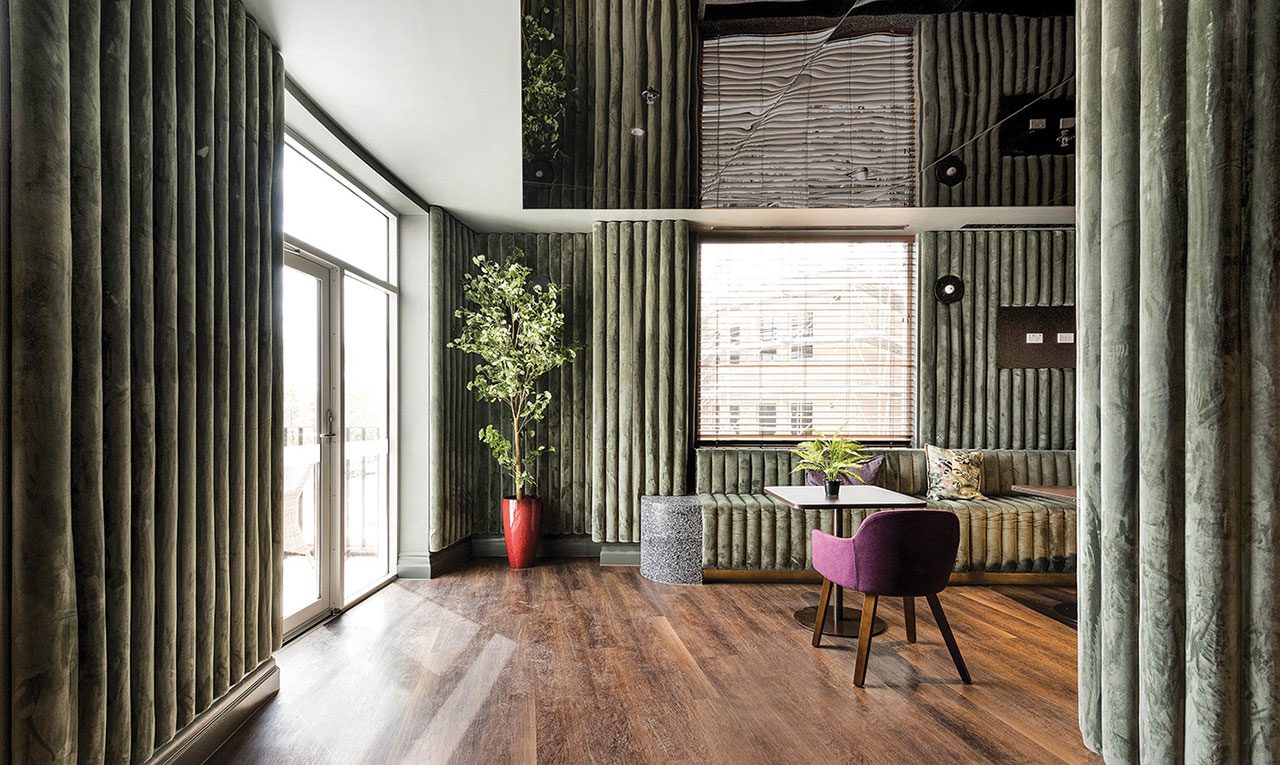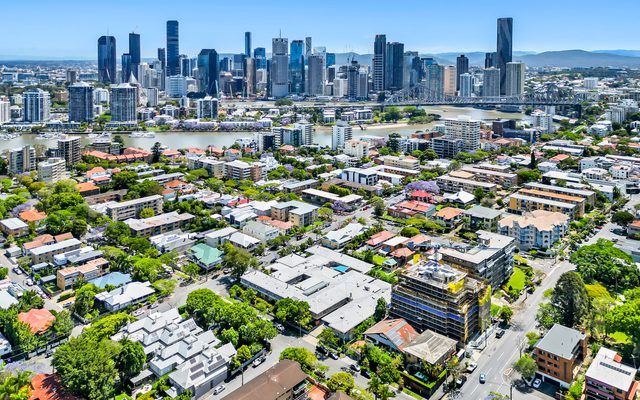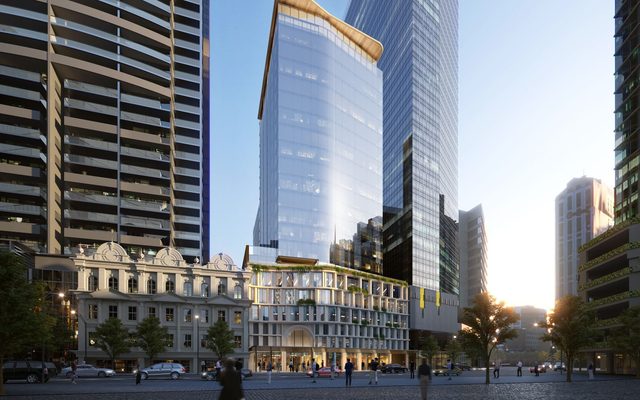This article is from the Australian Property Journal archive
ARCHITECTS Gray Puksand has called for further conversions of commercial buildings — as COVID-19 diminishes demand for offices — into aged care facilities, following its successful transformation of Greenway Views Senior Living in Canberra.
According to Gray Puksand, landlords should follow its example by using an adaptive reuse model in line with current demands. This after the group converted the former Department of Social Services buildings into a senior living site for clients LDK Healthcare and Cromwell Property.
“With the challenges of COVID-19 making working from home commonplace, the need for large CBD offices is diminishing and as such, is heightening the scope for adaptive reuse of some older buildings,” said Kevin Miles, state manging partner at Gray Puksand.
The Greenway Views Senior Living project saw the three existing buildings formed into spate blocks in the senior community, with areas dedicated to different purposes, such as social activity. Additionally, the site now includes an internal courtyard and the already present auditorium.
“Given the ageing of our population, and location of some underutilised buildings, it makes sense to give them new life with a seniors’ focus. We need to be looking at environmentally sustainable options for creating new aged care buildings that can retain the embodied energy of existing assets and remove the assumption that new builds in the sector are the only option,” said Miles.
This adaptive reuse model considers the demands of a city’s community, especially in the wake of the global pandemic, as well as sustainability benefits and is set to become further utilised with the rise of flexible working and the countries ageing population.
“Canberra is perfect for this model given the high number of old government buildings, although the same can be done across cities in other states,” said Miles.
According to Gray Puksand, a commercial site should include suitable ceiling heights, appropriate distribution of air throughout the building and easy access for emergency services, as well as the potential for suitable health and wellbeing aspects.
“While the structure of the existing building is integral, interior design also plays a huge role in transforming environments and, in the case of Greenway Views, colour is a big factor in creating more personable spaces.” said Maria Correia, director of interior design at Grey Puksand.
Close proximity to community and amenities is also crucial, with commercial sites in cities being ideal as they often placed within districts that include entertainment and hospitality offerings, as well as services like hair dressers.
“Older people need to live in the city much more than we realise, for instance, many are no longer willing to drive but are happy to take public transport. Cities are energetic environments and importantly brings invigoration to people as they age,” said Correia.
“Particularly in a city such as Canberra, it is prompting a new wave of urban renewal. There is a growing trend toward active retirement consisting of leisure and activity, creating a need for more inner-city developments, naturally leading us as designers to consider adaptive reuse aged care,” concluded Correia.
The aged care sector has seen renewed interest following the impacts of COVID-19 and royal commission, with the federal government recently pledging an additional $452 million to address systemic problems.
The architects recently designed the mixed-use building set to be built abobe Sunshine Plaza centre in Melbourne’s West.





